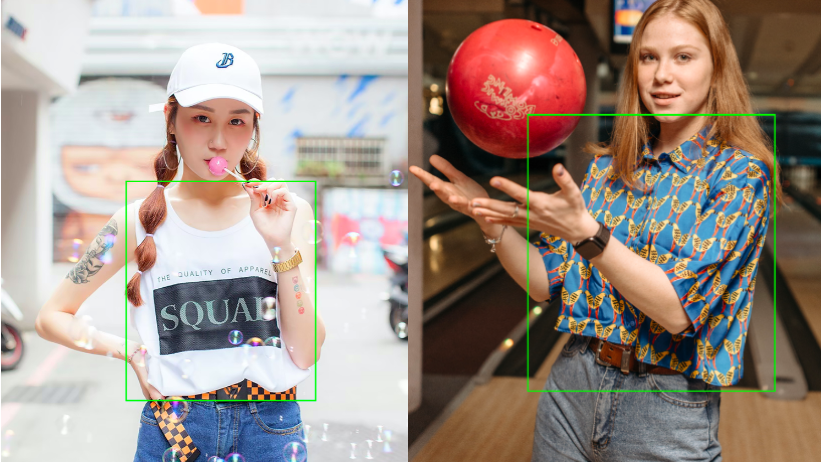#FakeDetection #Fashion&eCommerce #openDatasets #AI #Counterfeits #deepfashion #maadaaAI
The counterfeit market is significantly damaging. The process of buying both brand-new and second-hand items can be a bit of a minefield.
Notable brands and online retailers have already expressed their concerns. The rise in fake merchandise hurts their profits and reputation.
Artificial intelligence is a crucial tool for counterfeit recognition.
Most of the deep learning models adopt the data-driven way to conduct supervised optimization training, and providing diverse and accurate datasets for the models is the cornerstone of the subject research.
In order to know how AI work for fake detection in fashion and eCommerce industries, please read:
AI for fake Detection in Fashion and E-commerce industries: The related open & commercial datasets
Maadaa.ai has thoughtfully collected several useful datasets, both open and commercial, to help provide more accurate and diverse datasets for your AI models.
Open datasets for fake detection
1. Deep Fashion
DeepFashion consists of four subsets. The main task of Category and Attribute Prediction Benchmark is to classify, including 28922 images, each image has Category annotation, Attribute annotation, Bbox border and Landmarks. In-shop Clothes Retrieval Benchmark provides a total of 52,712 pose images.
Each ID has a variety of pose images corresponding to it. The main tasks are image Retrieval and Content Retrieval. The folder corresponding to each product ID contains a seller show and several buyers show, a total of 239,557 pictures. The main task is also for image Retrieval and Content Retrieval.
The task of the Fashion Landmark Detection Benchmark is segmentation Detection, including 123,016 images, each of which has Landmarks and Bbox markers, as well as category labels including upper-body Clothes, Lower-body Clothes full-body Clothes.
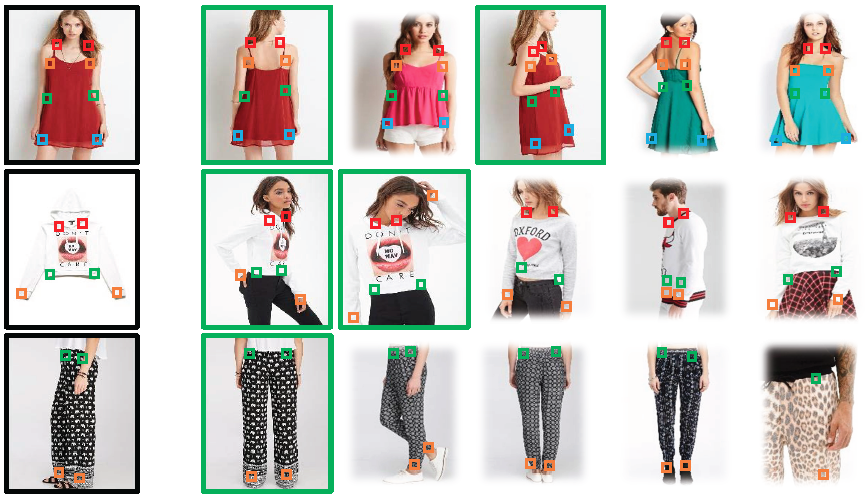
Link: http://mmlab.ie.cuhk.edu.hk/projects/DeepFashion.html
2. DeepFashion2
DeepFashion2 is an open source garment related large-scale dataset from the Chinese University of Hong Kong. The dataset contains approximately 80W different images, with detailed labeling information for clothing items.
DeepFashion2 is further optimization of DeepFashion. DeepFashion had at least one item of clothing per image and at most seven items of clothing per image, compared with just one category tag per image. Each garment is manually marked Bbox, Landmark. The dataset contains 80.1w images of 13 popular clothing categories from commercial venues and the Internet.
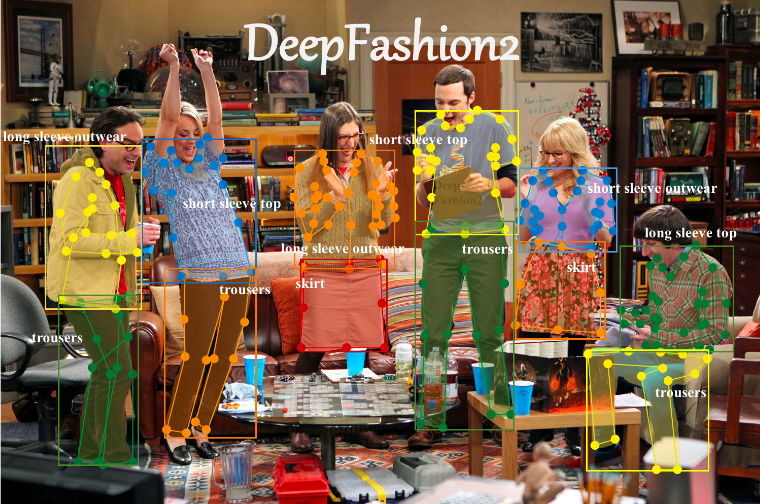
Link: https://github.com/switchablenorms/DeepFashion2
3. Chictopia10K
Chictopia[6] dataset contains 17,706 images collected from Chictopia Fashion. The dataset has 18 categories, including 12 clothing categories, backgrounds and 5 human categories.

Link: https://files.is.tue.mpg.de/classner/gp/
Commercial datasets from Maadaa.ai
Based on the accumulation of the Fashion technology and application field by Maadaa.ai, we summarized the typical application scenarios of Fashion, designed and completed serval datasets.
It includes fashion-related tasks such as clothing classification, clothing pattern classification, clothing fabric classification, clothing key point detection and scarf fabric segmentation.
1. Clothing Classification Dataset(MD-Fashion-1)
Md-fashion-1 is the dataset of clothing classification. There are about 200W images, data collected from e-commerce, fashion shows, social media and other scenes. The annotation method of the dataset adopts image category annotation and BBox annotation, covering a total of 80 category tags including different clothing styles and scenes.
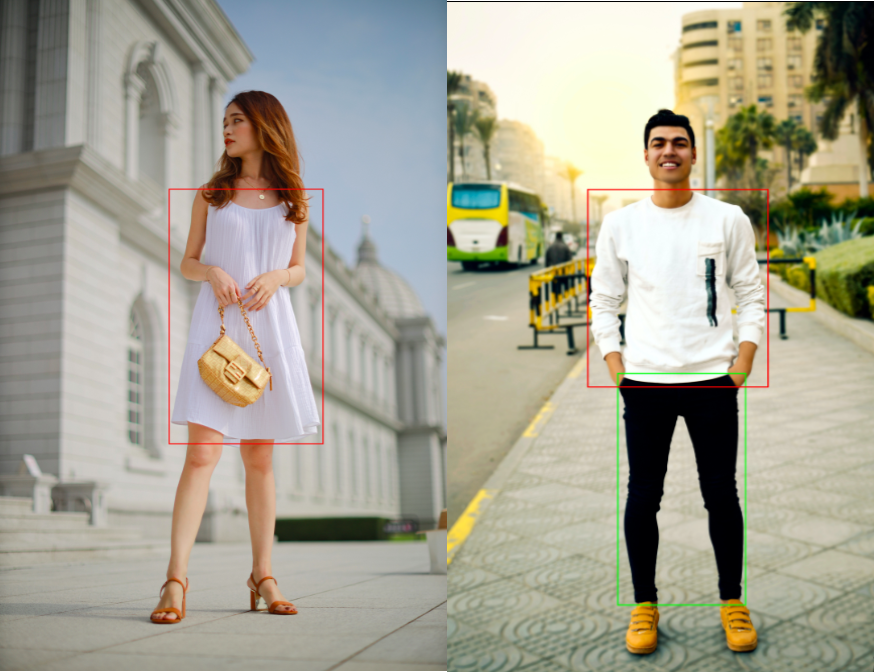 Link: https://maadaa.ai/dataset/clothing-classification-dataset/
Link: https://maadaa.ai/dataset/clothing-classification-dataset/
2. Clothing Pattern Classification Dataset(MD-Fashion-2)
Md-fashion-2 is a clothing pattern classification dataset. The total amount of data is 20W images. Different from MD-Fashion-1, this dataset focuses more on the classification of clothing pattern features. The annotation method of dataset adopts image classification label, which has 30 common classification categories.
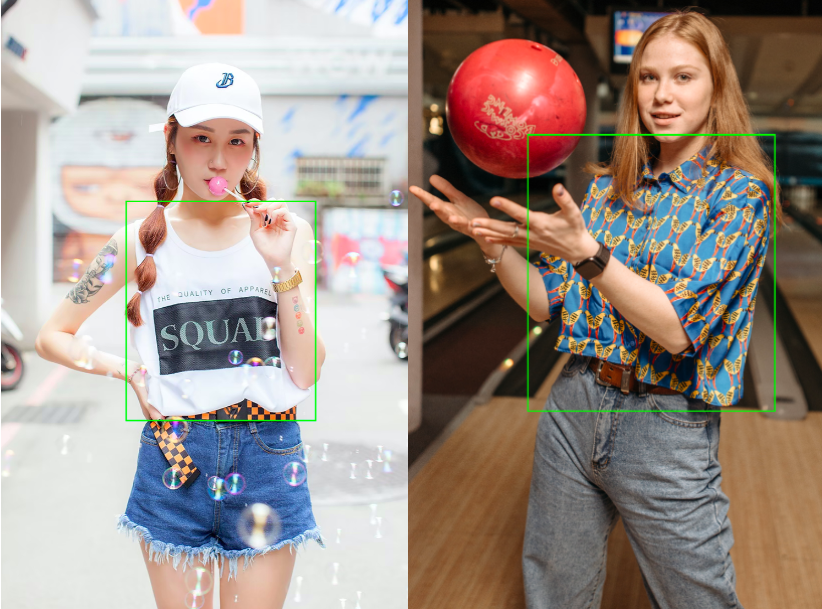
Link: https://maadaa.ai/dataset/clothing-pattern-classification-dataset/
3. Clothing Segmentation and Fabrics Classification Dataset(MD-Fashion-4)
Md-fashion-4 is the dataset of clothing fabric classification. The total amount of data is about 20W images. The data set provides classification labels and masks for clothing materials, including 11 common fabric categories.
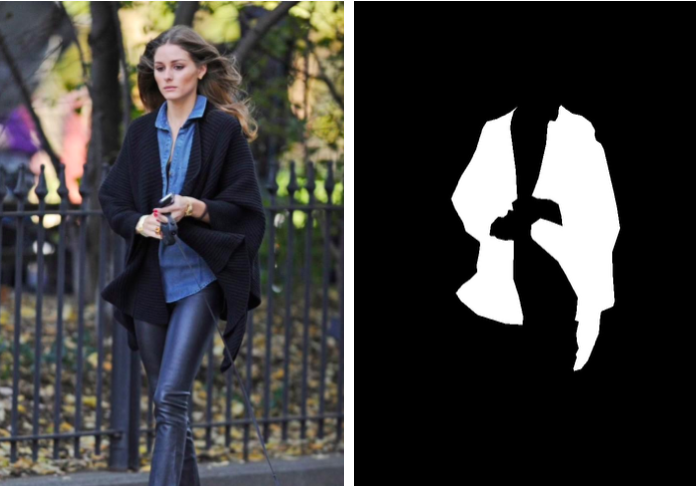
Link: https://maadaa.ai/dataset/fabrics-classification-dataset/
4. Clothing Keypoints Dataset(MD-Fashion-5)
Md-fashion-5 is a dataset of clothing key points, containing 100W pictures. The dataset covers 80 clothing types with the coordinates of key points and Bbox as annotated information.

Link: https://maadaa.ai/dataset/clothing-keypoints-dataset/
5. Scarf Segmentation Dataset(MD-Image-061)
Md-image-061 is a scarf fabric segmentation dataset. The dataset contains 2000 images with resolutions between 504x 678 and 192x 2880. The data set makes high-precision semantic segmentation annotation for the scarf images.

Link: https://maadaa.ai/dataset/scarf-segmentation/
Further Reading:
Face Parsing: use cases and open datasets
Video face segmentation: use cases and open datasets
AI for virtual fitting: inspired by datasets (Open & Commercial)



